Maria Newham led a walk which started from the Recreation Ground at Binfield Heath on Wednesday 20 April. The sun was shining strongly, but there was a cool and strengthening northerly wind. The group set out across the Recreation Ground, then turned along Kiln Lane, where Few-flowered Garlic was abundant on the roadside bank. Orange-tip, Peacock and Holly Blue butterflies were on the wing and a red and black Cabbage Bug Eurydema oleracea was spotted on a Garlic Mustard leaf. The route followed a footpath which led north-eastwards across a wide valley which had been planted with a crop of winter wheat. A Yellowhammer was singing from a hedge and a Raven called. On the other side of the valley, the footpath led steeply up through a conifer plantation. Clumps of first Southern and then Hairy Wood-rush were in flower beside the path. A warbler singing from the scrub at the top of the wood was thought to be a Garden Warbler. Soft green Hemlock was abundant in the margin of the bordering field and three Buzzards drifted across the sky. The footpath led over the field and into High Wood, which was blue with a carpet of Bluebells. Several chunky plants of Wavy Bitter-cress were in flower beside the path. The walk continued along the lane past Upper Bolney House. A large bracket fungus was tucked away at the back of the hollow base of a big old multi-stemmed Ash. A gap in the hedge led to a well-worn path along the field margin where there were drifts of white Greater Stitchwort flowers. The next footpath led southwards alongside a broad hedge-line where bright lime-green flowers were found to come from three different tree species – Field Maple and Norway Maple with upright flower-heads and Sycamore with dangling inflorescences. A number of Wild Cherry trees were covered with white blossom. The walk continued westwards along the northern boundary of Upper Hailey Wood, then turned southwards along a footpath through Upper and then Lower Hailey Woods. Hornbeam trees lined the path on one side and there were drifts of Bluebells, together with flowers of Common Dog-violet and Yellow Archangel. A fallen tree had a big specimen of the bracket fungus Ganoderma australis. Towards the southern edge of the wood, the track ran between two big pits. A Jay and a Wren were seen in the right hand pit. At the far side of the pit, a pair of Brimstone butterflies were flying together in a spiralling flight pattern, with the paler female above. After emerging from the wood, the route followed footpaths southwards and westwards along hedge lines. A Wych Elm tree covered with apple-green seed disks, Goldilocks Buttercups and a Comma butterfly were noted here. At the point where the path crossed the lane at Shiplake Row, there were big clumps of white- and dark blue-flowered comfrey plants and Green Alkanet, all attracting bees. A black and yellow Scarlet Tiger moth caterpillar was found nearby. Continuing southwards across a wide open field, Skylarks were singing high above and distant views opened up across the Thames valley, with the line of Wellingtonia Avenue at Finchampstead prominent on the skyline. The next footpath led back westwards across the fields. A Small Tortoiseshell butterfly flew along the line of the hedge and Early Forget-me-not, with its small blue flowers, was found. An area of short turf next to the path had several big patches of Ground-ivy flowers which were alive with bee-flies and bumblebees. Rob Stallard took a photograph of an Oak Apple here, and was interested to discover later, when inspecting his picture, that the small currant-shaped galls in the background were made by the first spring generation of the wasp Neuroterus quercusbaccarum. The wasp’s second generation make the more familiar Oak Spangle Galls on leaves in the autumn. The path then led into Shiplake Copse, where Opposite-leaved Golden-saxifrage and Brooklime were found in the damp area next to the small stream which flows down through the wood. Wood-sorrel was in flower on the bank beside the path and Scaly Male-fern and a Speckled Wood butterfly were also seen. The final section of the route crossed several fields, then followed a short stretch of road back to the starting point at Binfield Heath. Most of the group then went to the Shoulder of Mutton at Playhatch for lunch.
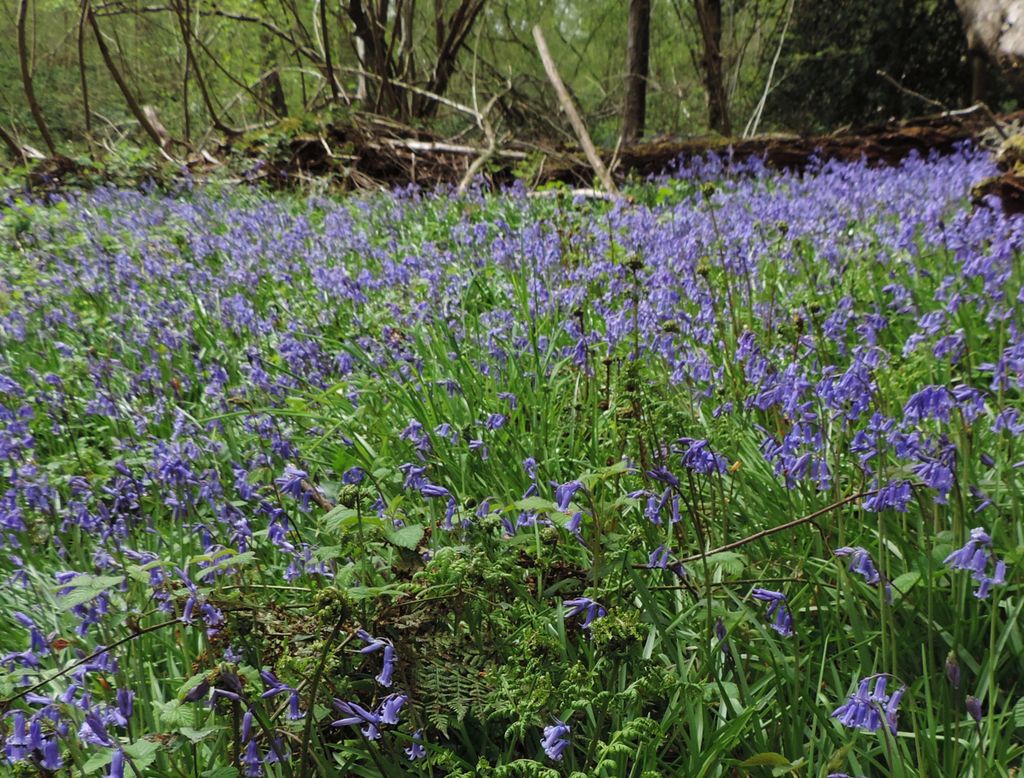
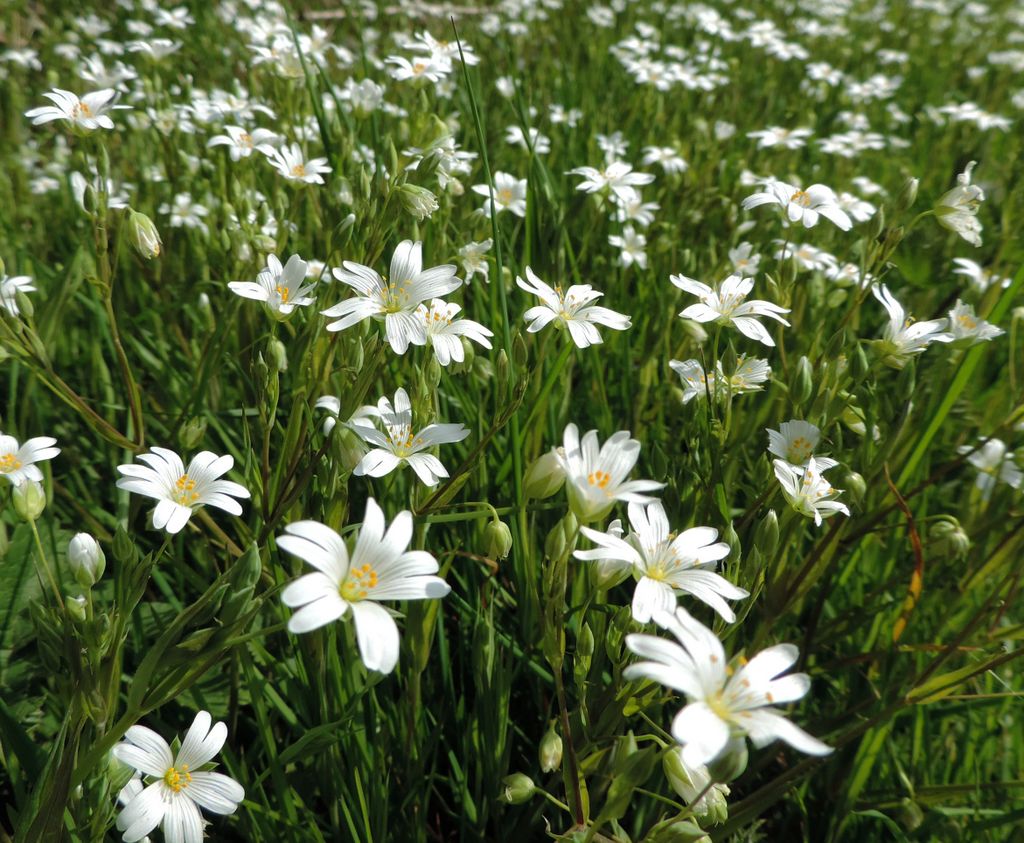
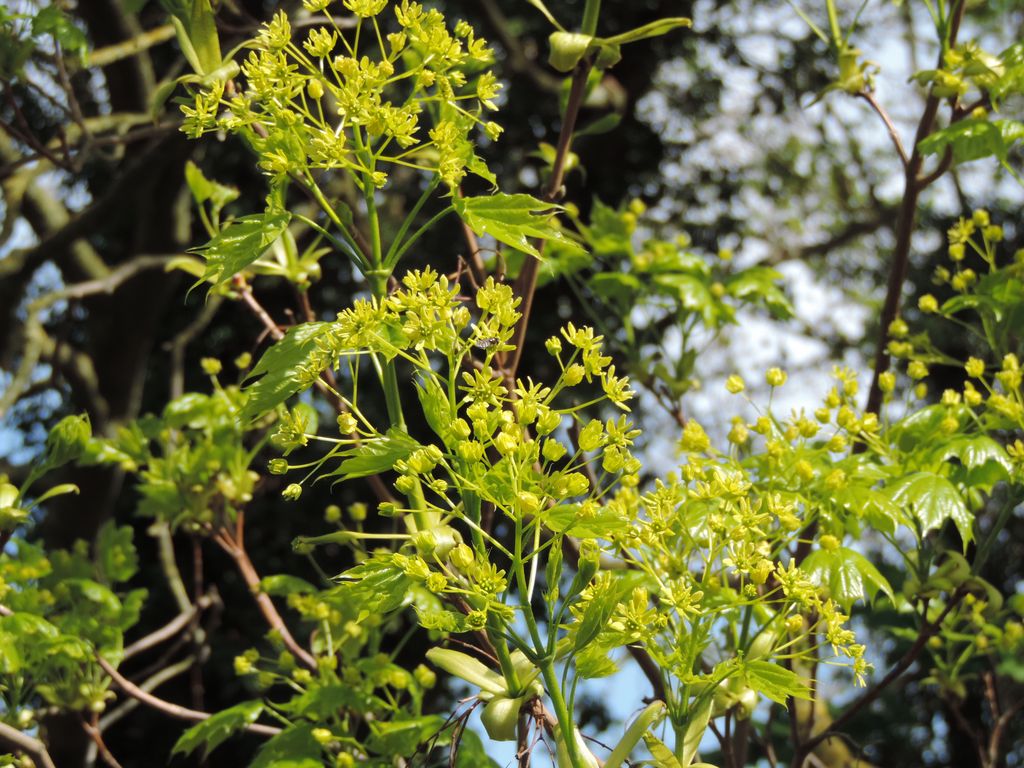
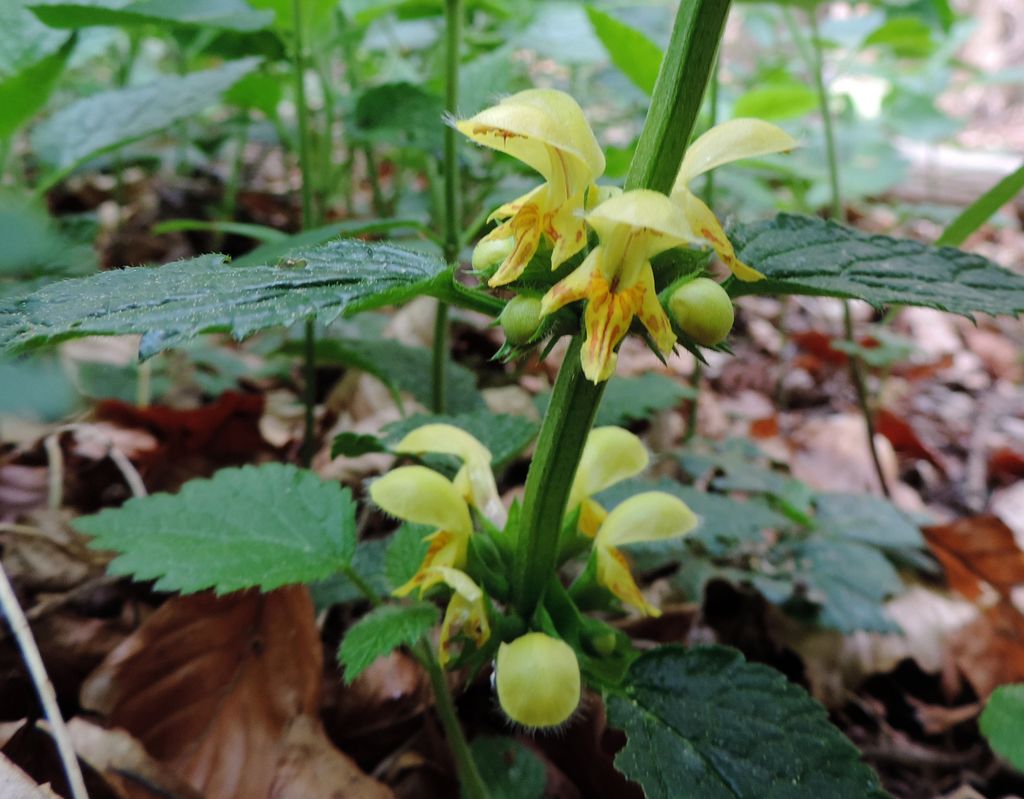
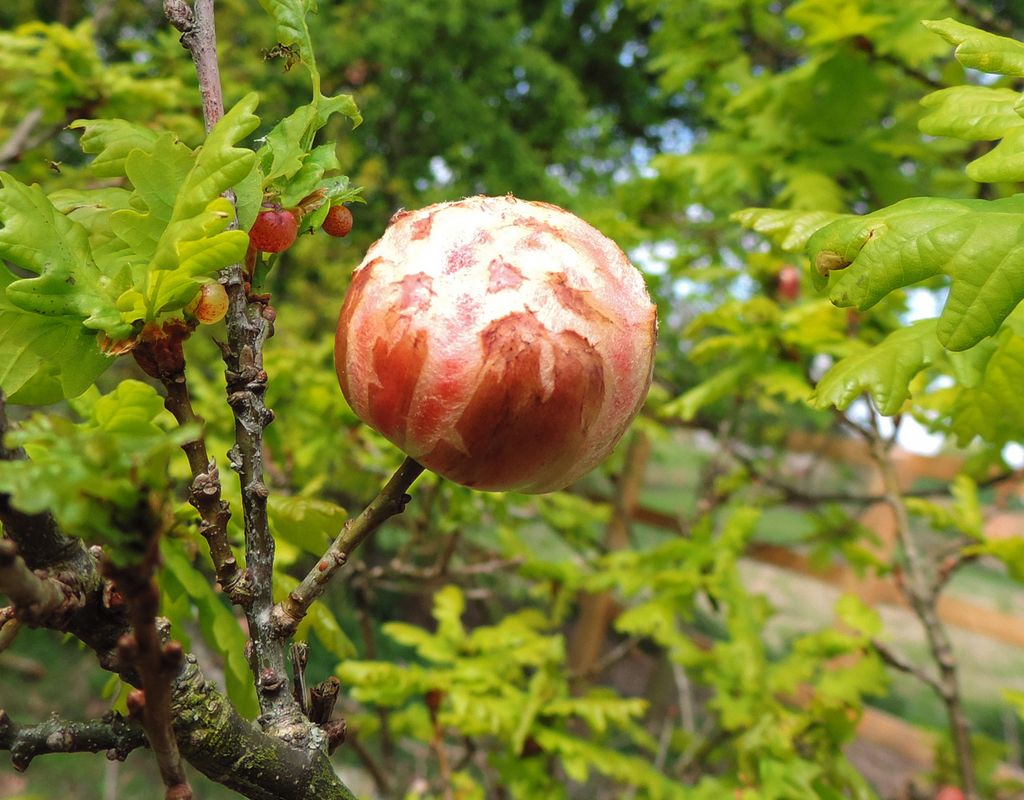
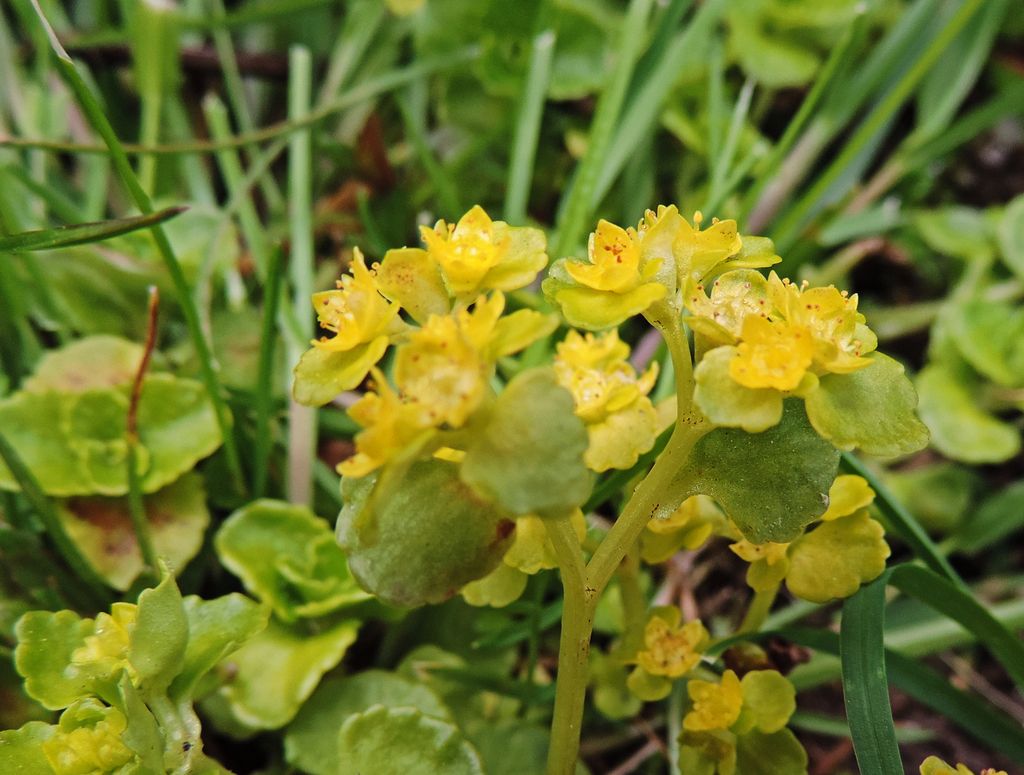
Pictures by Rob Stallard
